Siena is famous for its delicious Tuscan cuisine, characterized by fresh, local ingredients and simple yet flavourful dishes.
Te Ke Voi?
Te Ke Voi is a gourmet fast food restaurant located in Siena, Italy, just a short walk from the Piazza del Campo. It offers a variety of sandwiches, salads, and other dishes made with fresh, local ingredients. The restaurant is open for lunch and dinner, and it is a popular spot for both locals and tourists.
If you are looking for a delicious and affordable meal in Siena, Te Ke Voi is a great option.
Address: Vicolo S. Pietro, 4, 53100 Siena SI, Italy
Osteria La Mossa
Osteria La Mossa is a cozy and authentic Italian eatery where you can savour traditional dishes like pici pasta with wild boar sauce and ribollita, a hearty Tuscan soup. The atmosphere is warm and welcoming, making it a perfect spot for a romantic dinner.
Address: Via di Pantaneto, 105, 53100 Siena SI, Italy
Antica Trattoria Papei
This family-run trattoria offers classic Tuscan fare in a charming setting. Try the pappa al pomodoro (tomato and bread soup), the Chianina steak, or the Sienese almond biscuits for dessert. The attentive service and historic ambiance make it a delightful dining experience.
Address: Via di San Pietro, 32, 53100 Siena SI, Italy
La Taverna di San Giuseppe
This charming restaurant, located near the Siena Cathedral, serves delectable Sienese cuisine. Don’t miss their signature dish, pici with cacio e pepe, a simple but incredibly satisfying pasta dish. The extensive wine list complements the menu perfectly.
Address: Via San Giuseppe, 62, 53100 Siena SI, Italy
Gino Cacino
Gino Cacino is a local favourite and a must-visit for those who appreciate high-quality, innovative Italian cuisine. The menu is a fusion of traditional and modern dishes, and the knowledgeable staff can suggest wine pairings to enhance your meal.
Address: Via di Salicotto, 11, 53100 Siena SI, Italy
Florence boasts historic palaces converted into luxurious hotels, such as the St. Regis Florence and the Hotel Savoy. These opulent establishments provide world-class service and a taste of Renaissance elegance.
For a more intimate experience, consider staying in boutique guesthouses like the Ad Astra or the Antica Torre di Via Tornabuoni. These charming accommodations offer a personalized and cozy atmosphere.
Budget-conscious travellers can find affordable hostels and guesthouses throughout the city. Hostels like Plus Florence provide a comfortable stay with a social atmosphere.


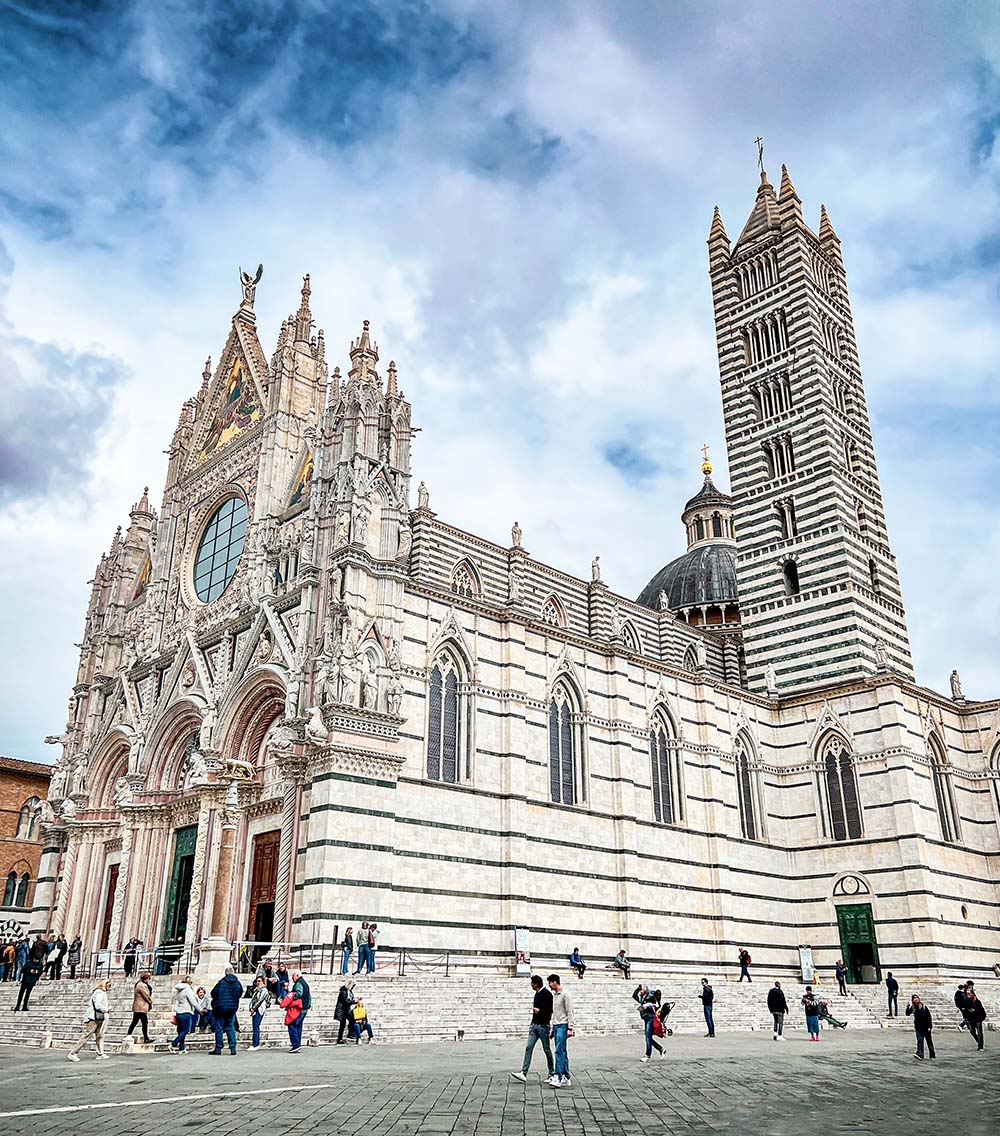
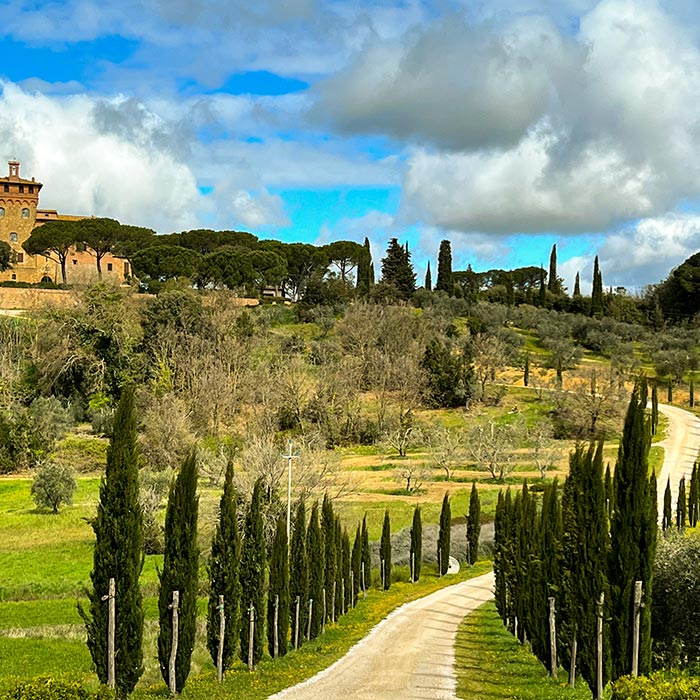

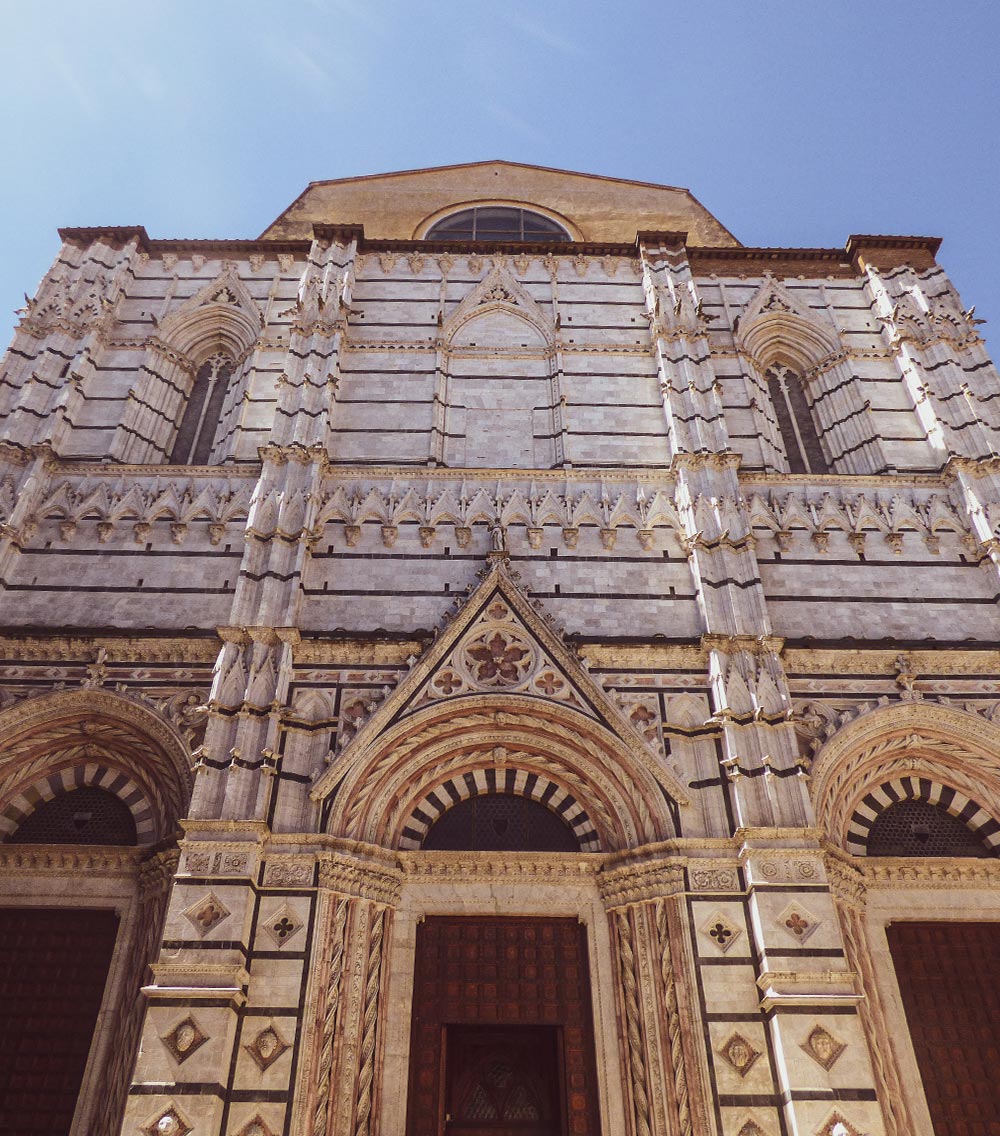



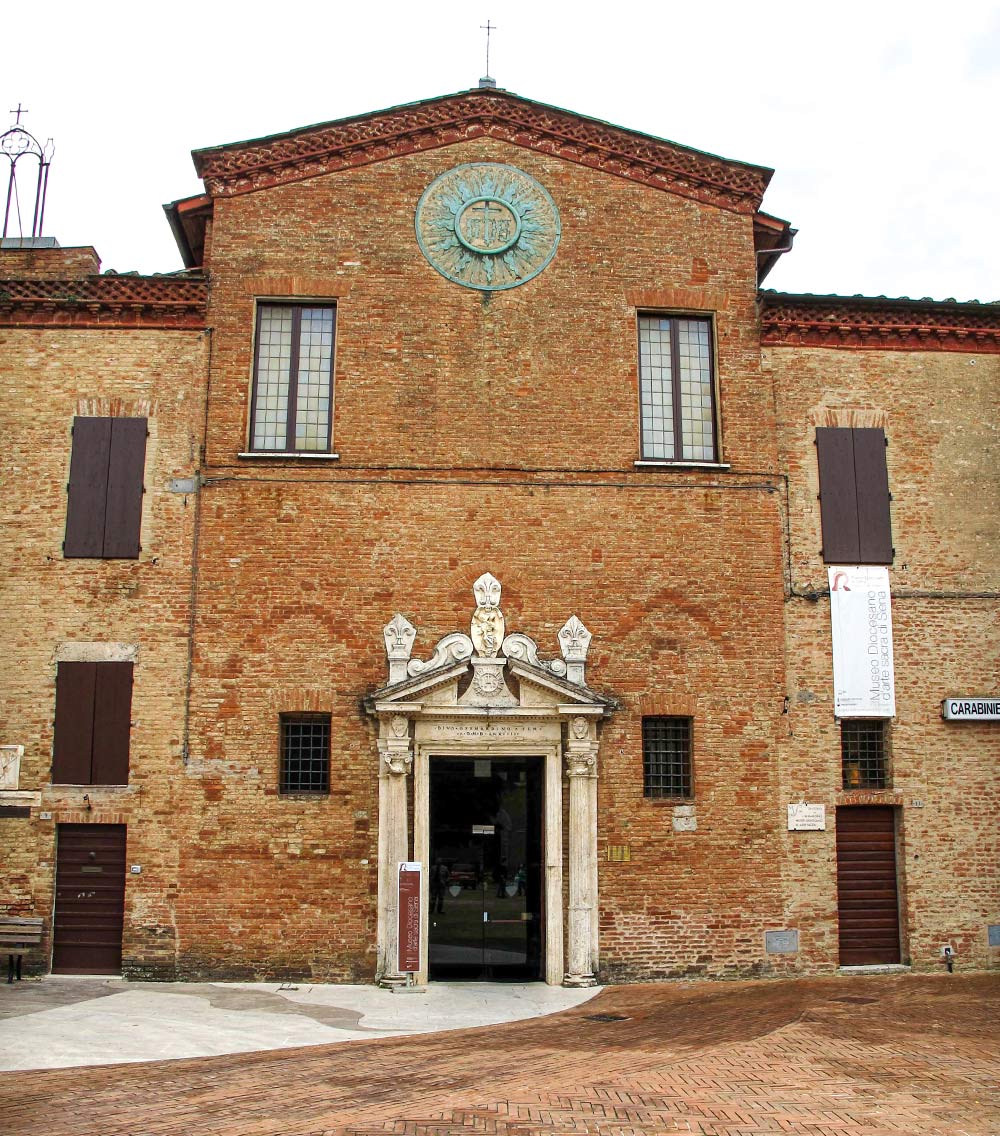

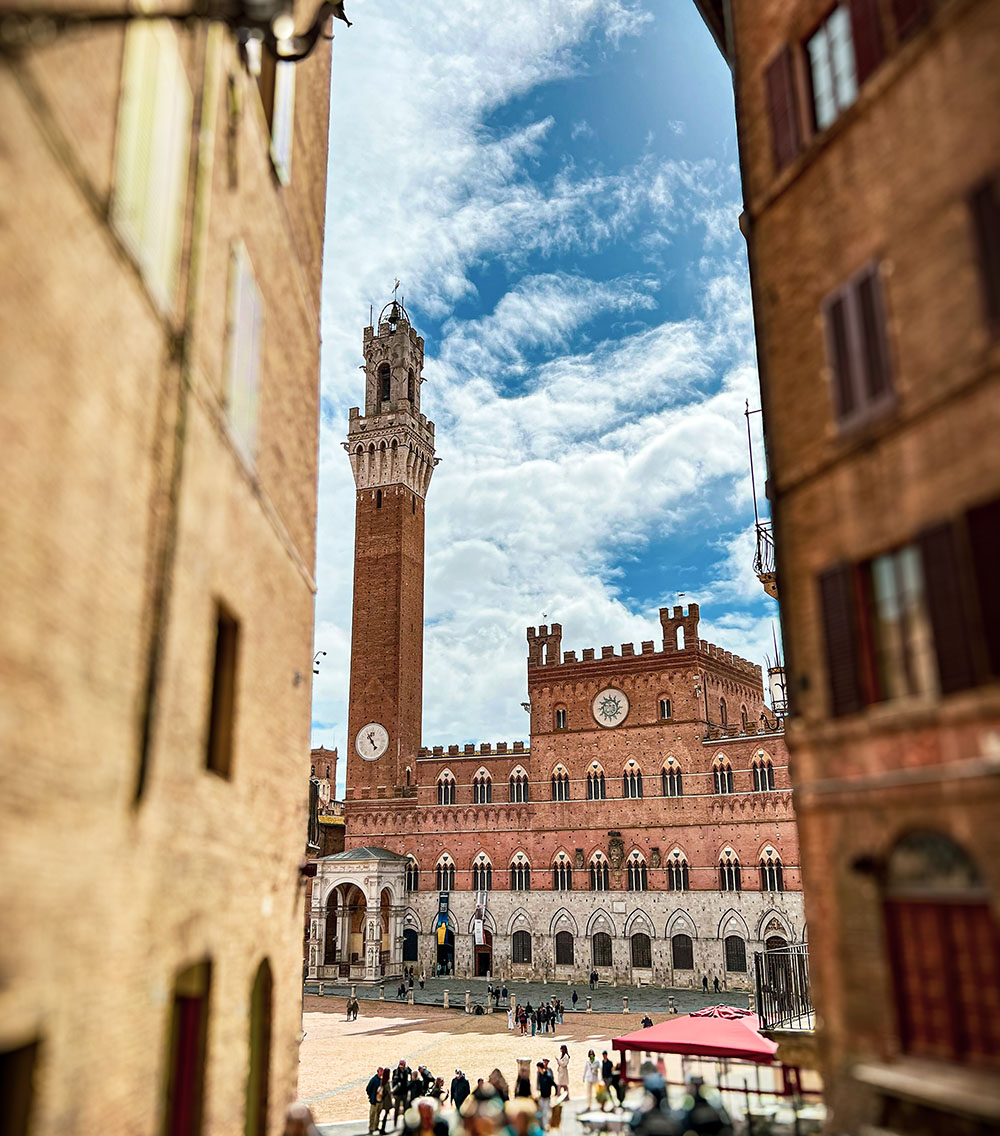
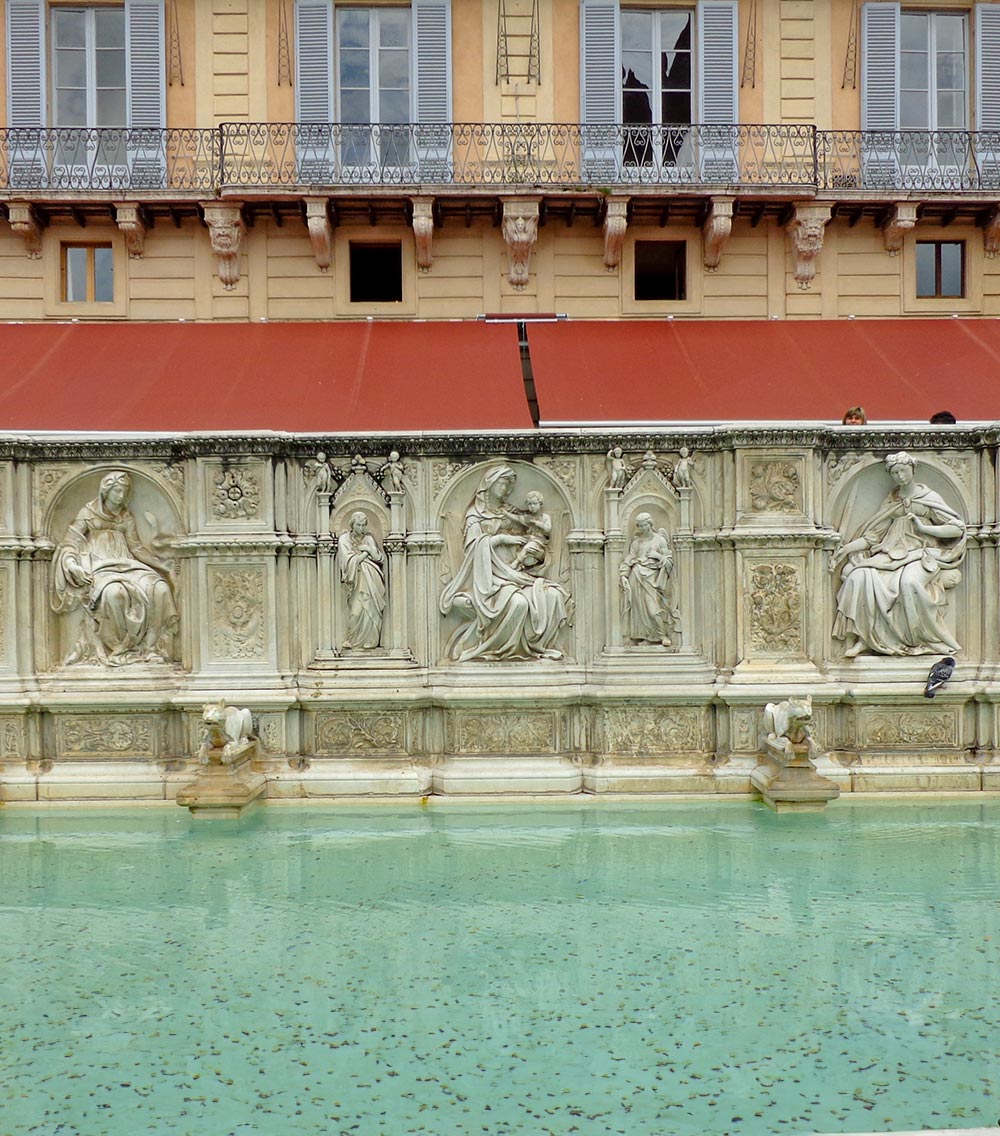
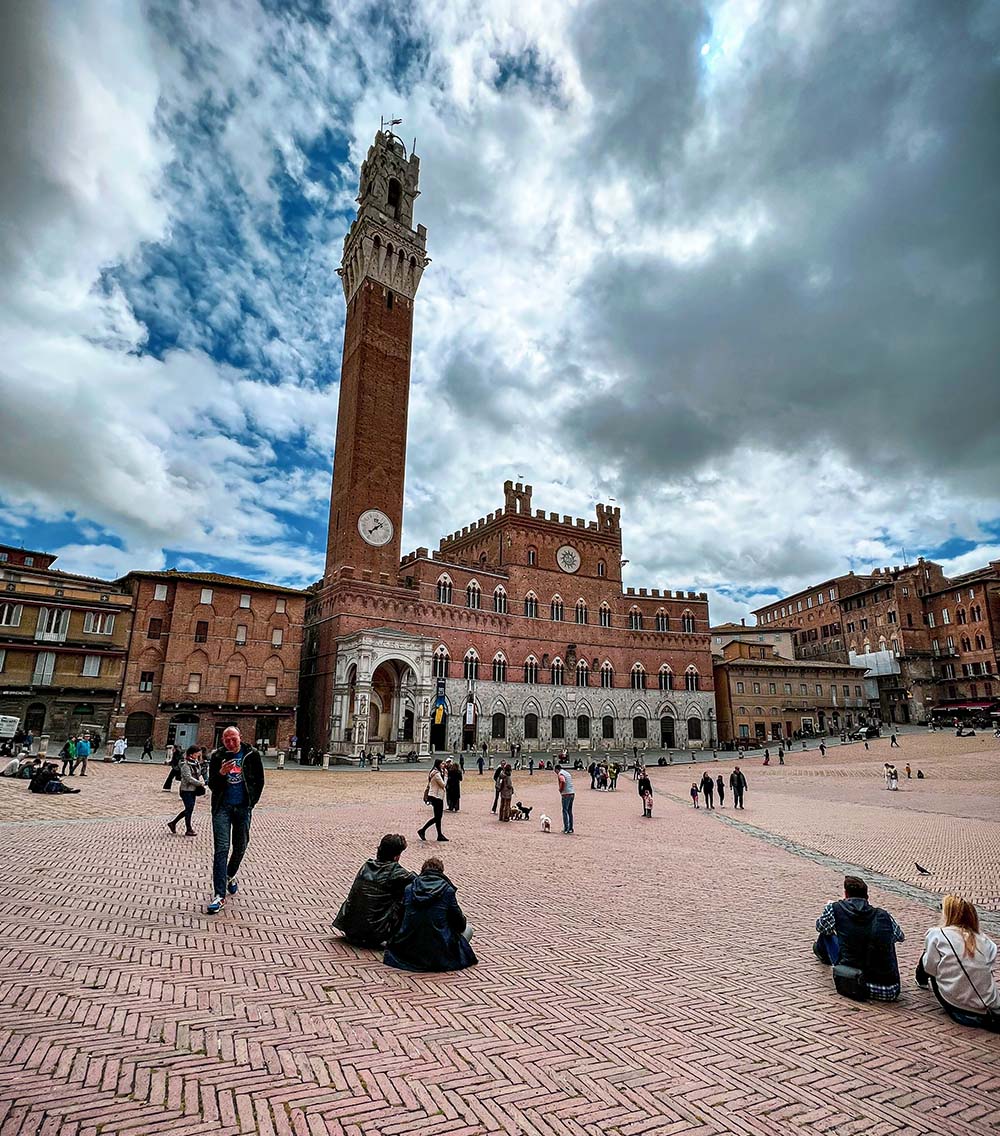
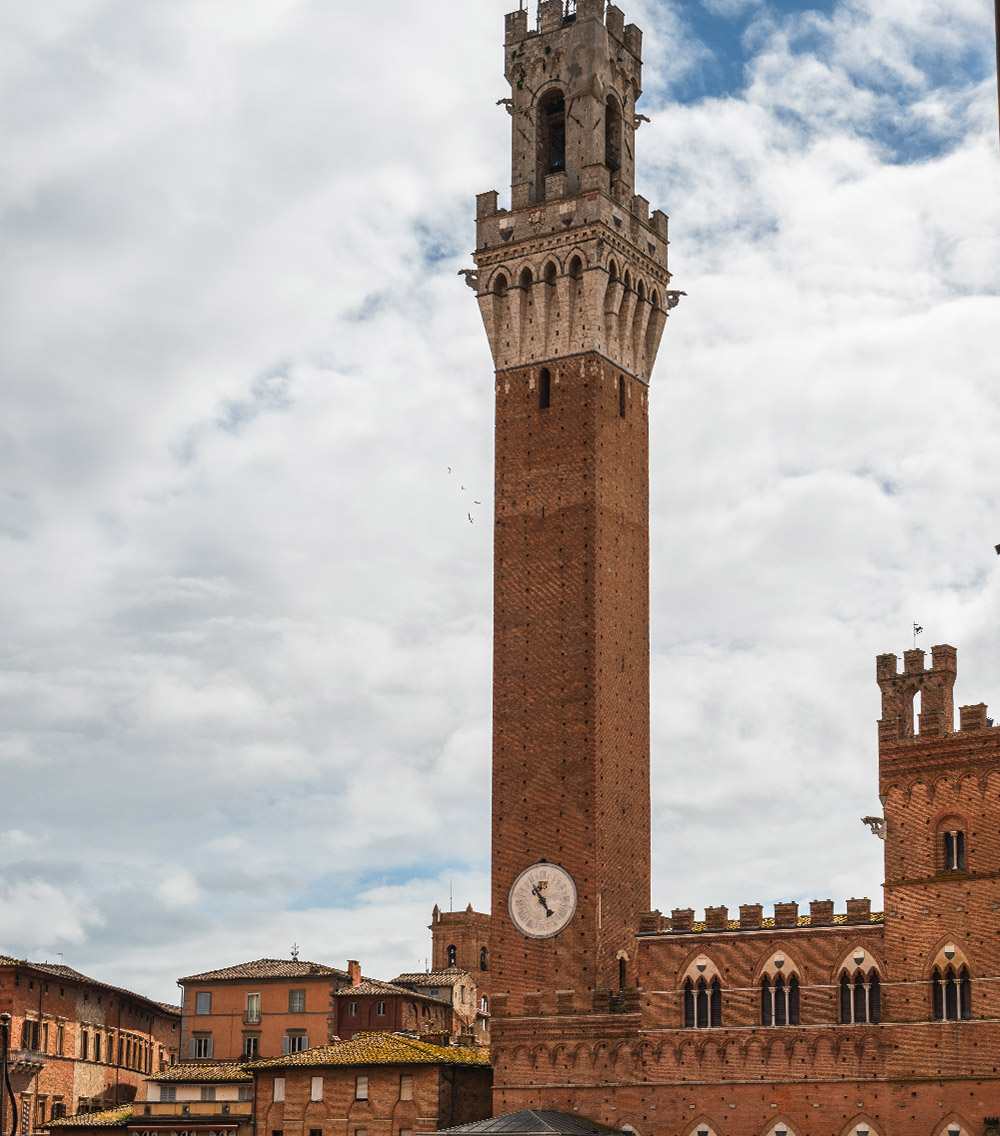
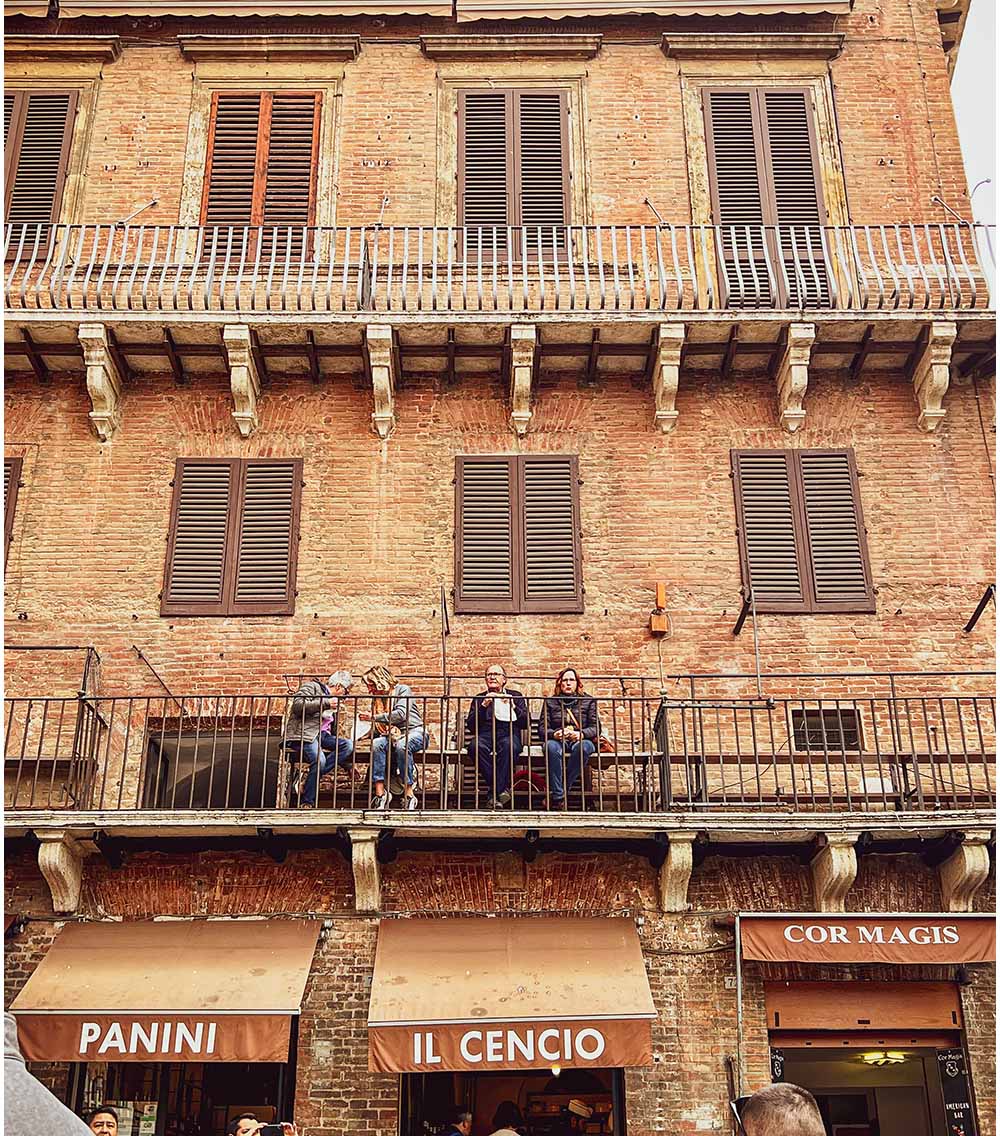

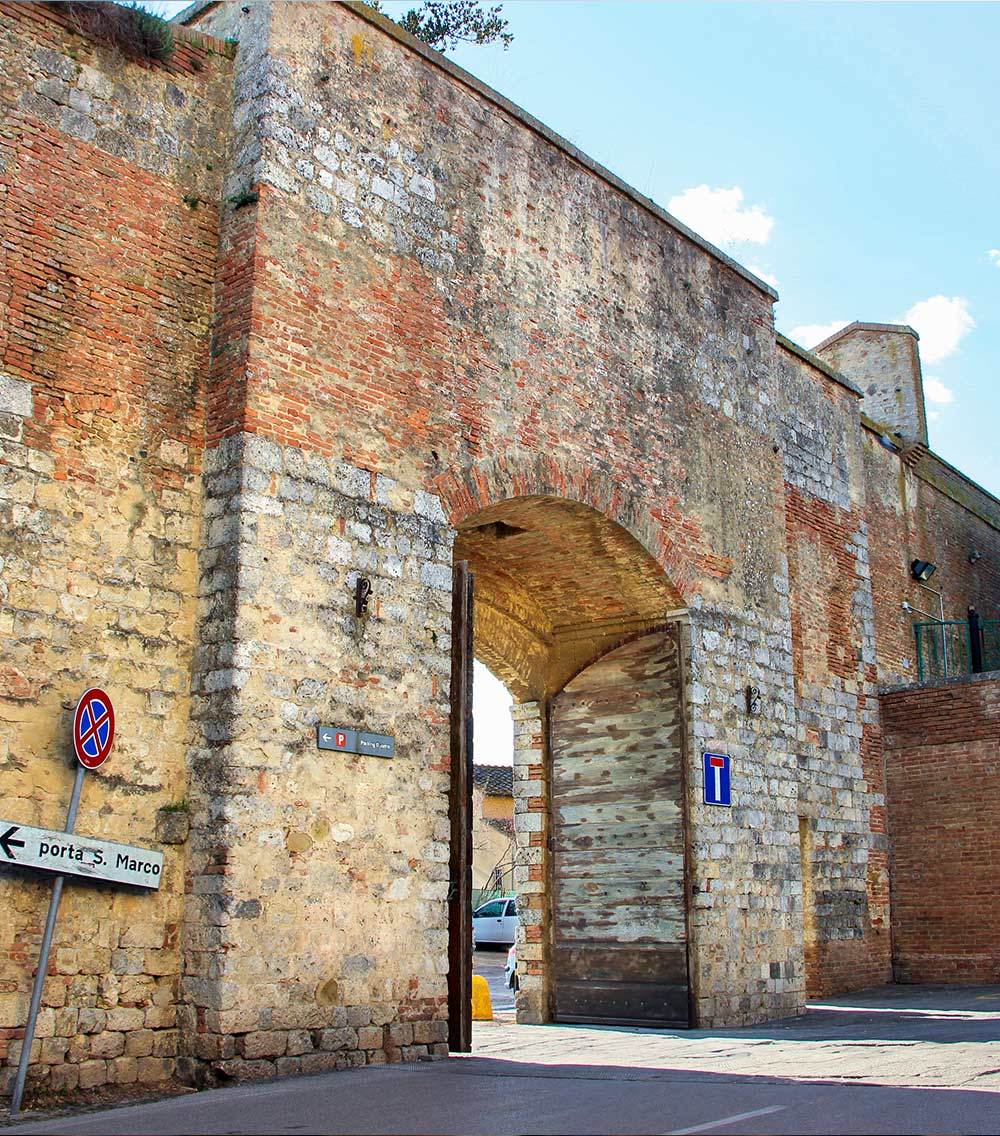

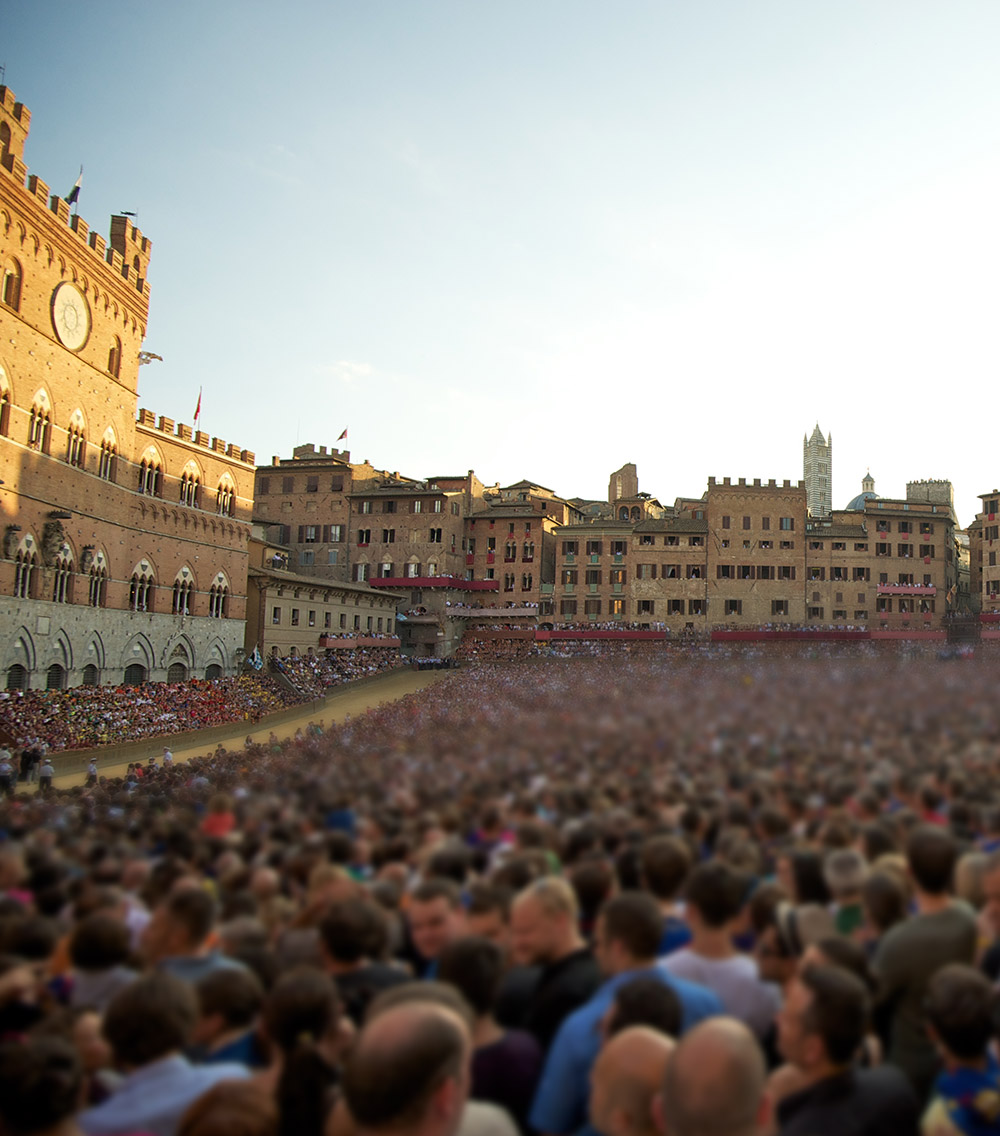
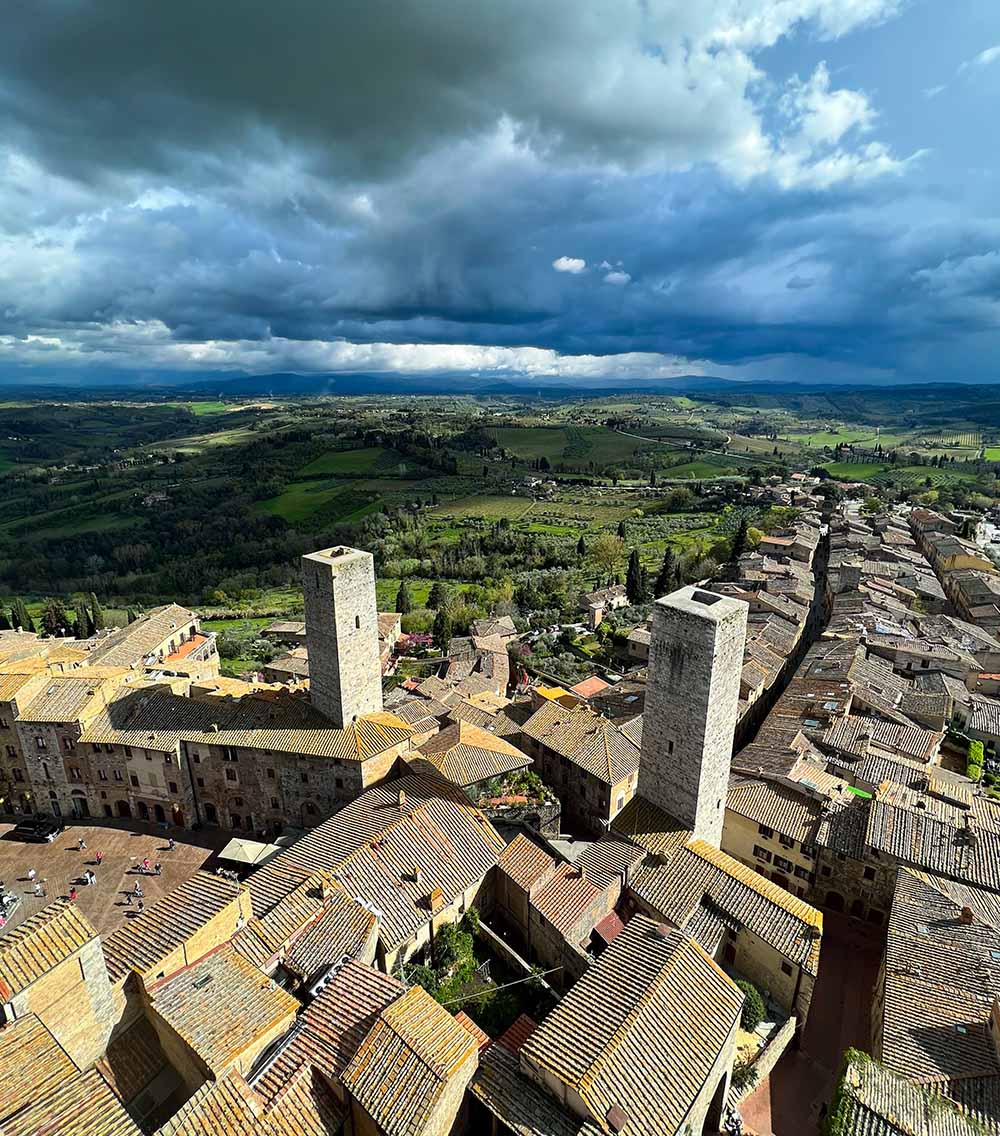

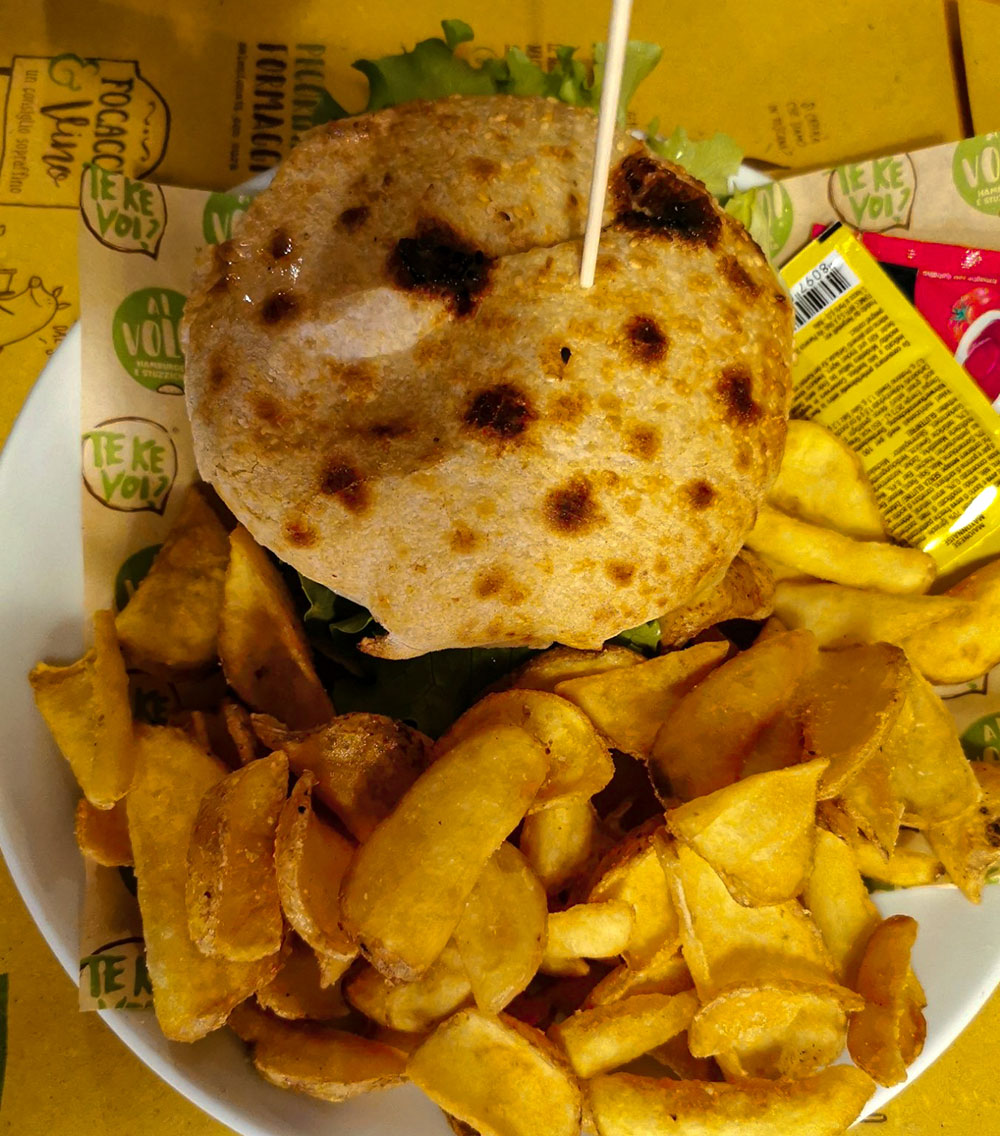



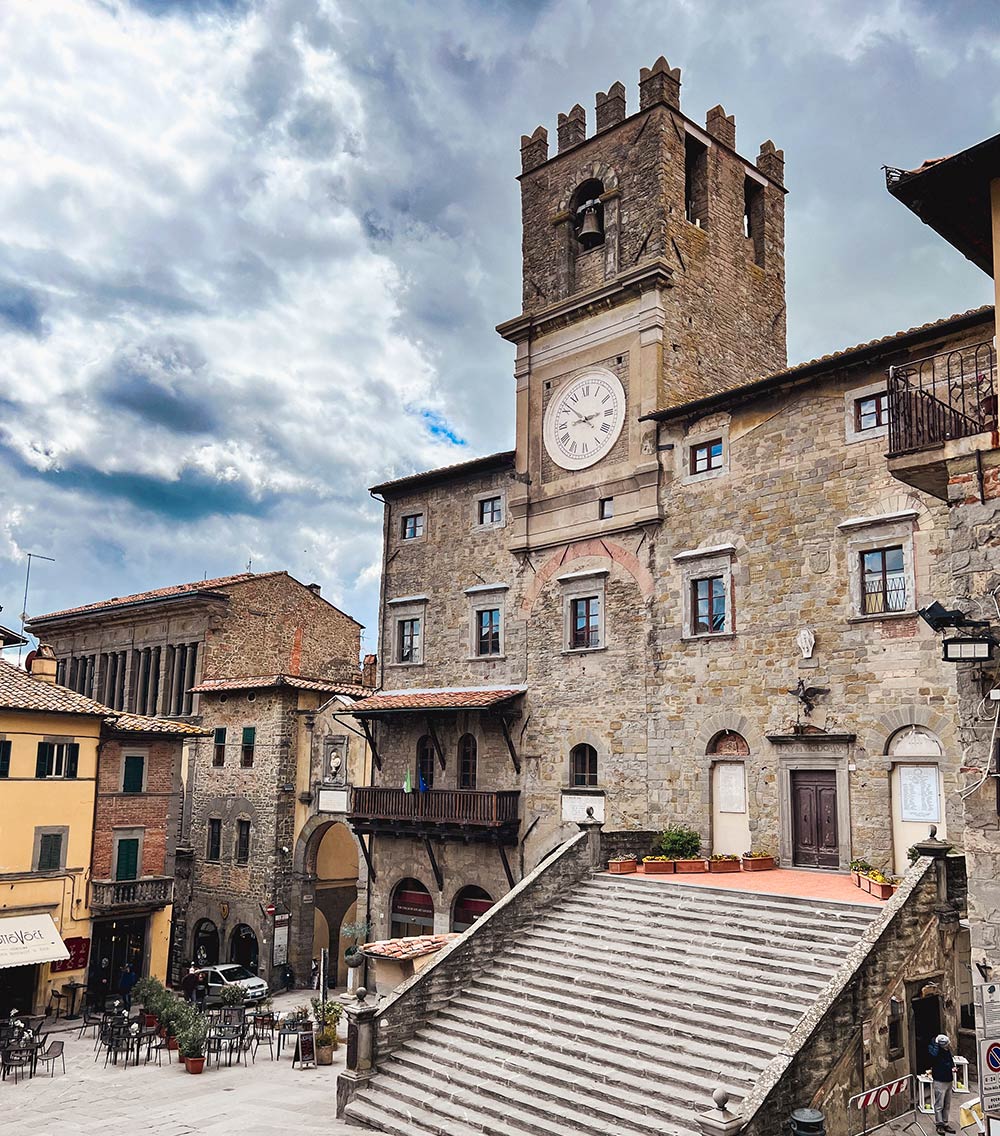
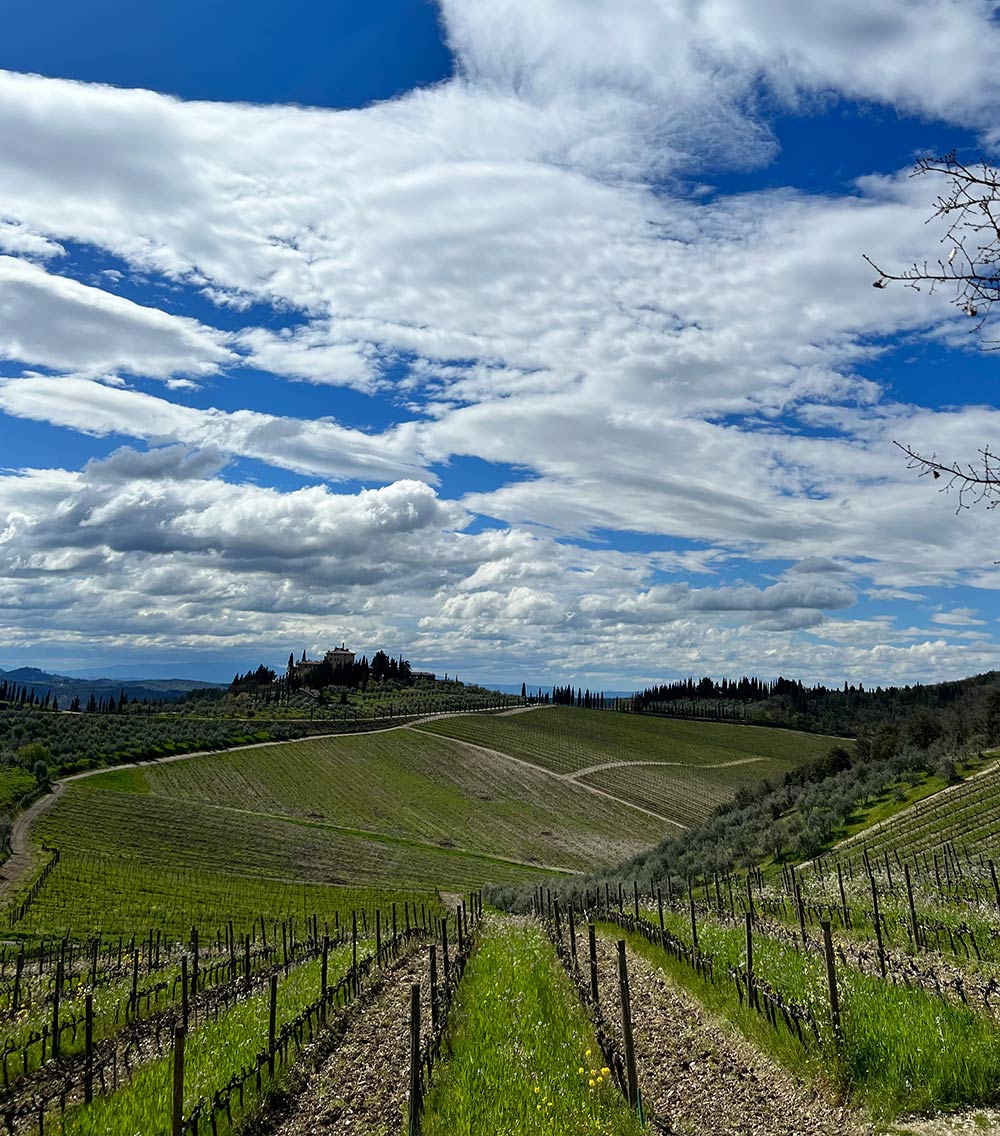
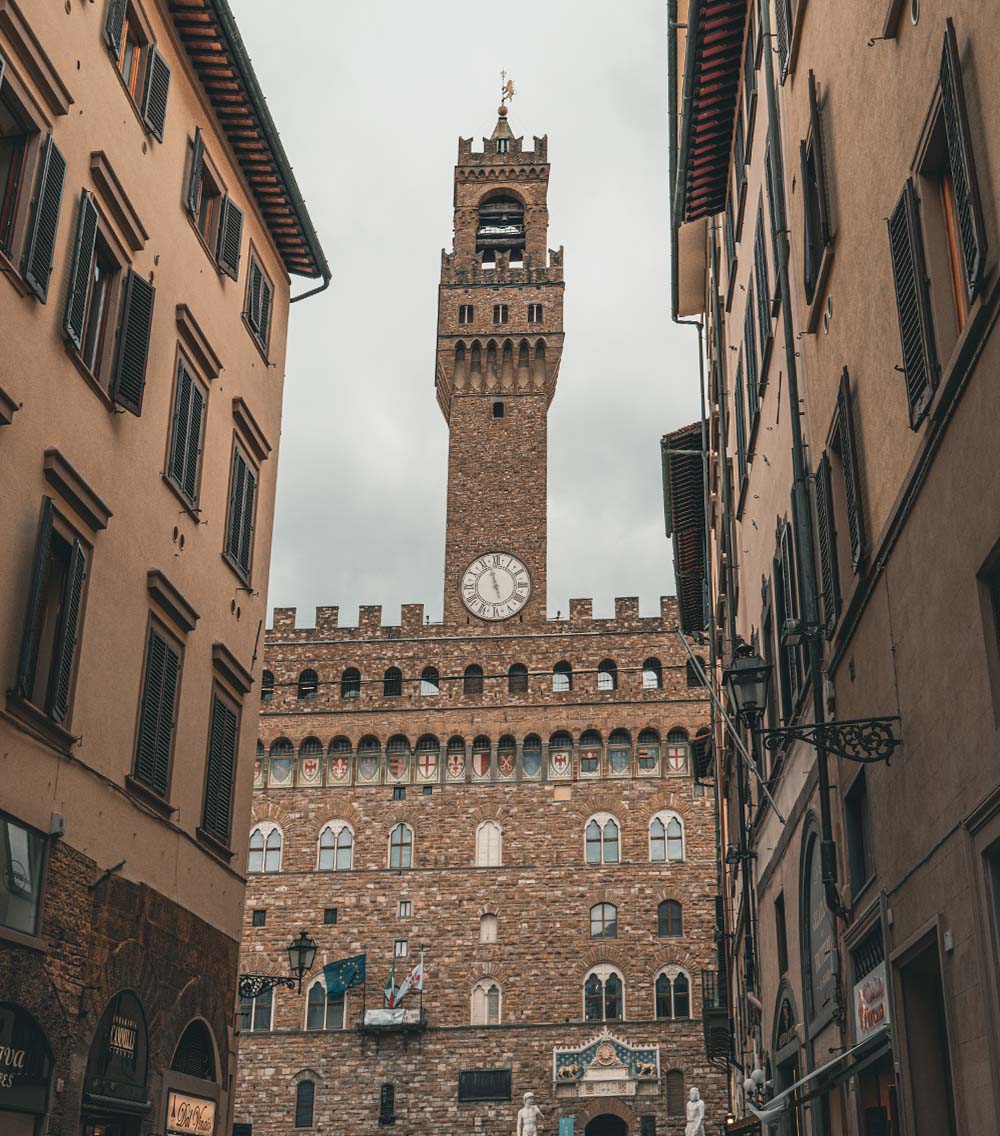
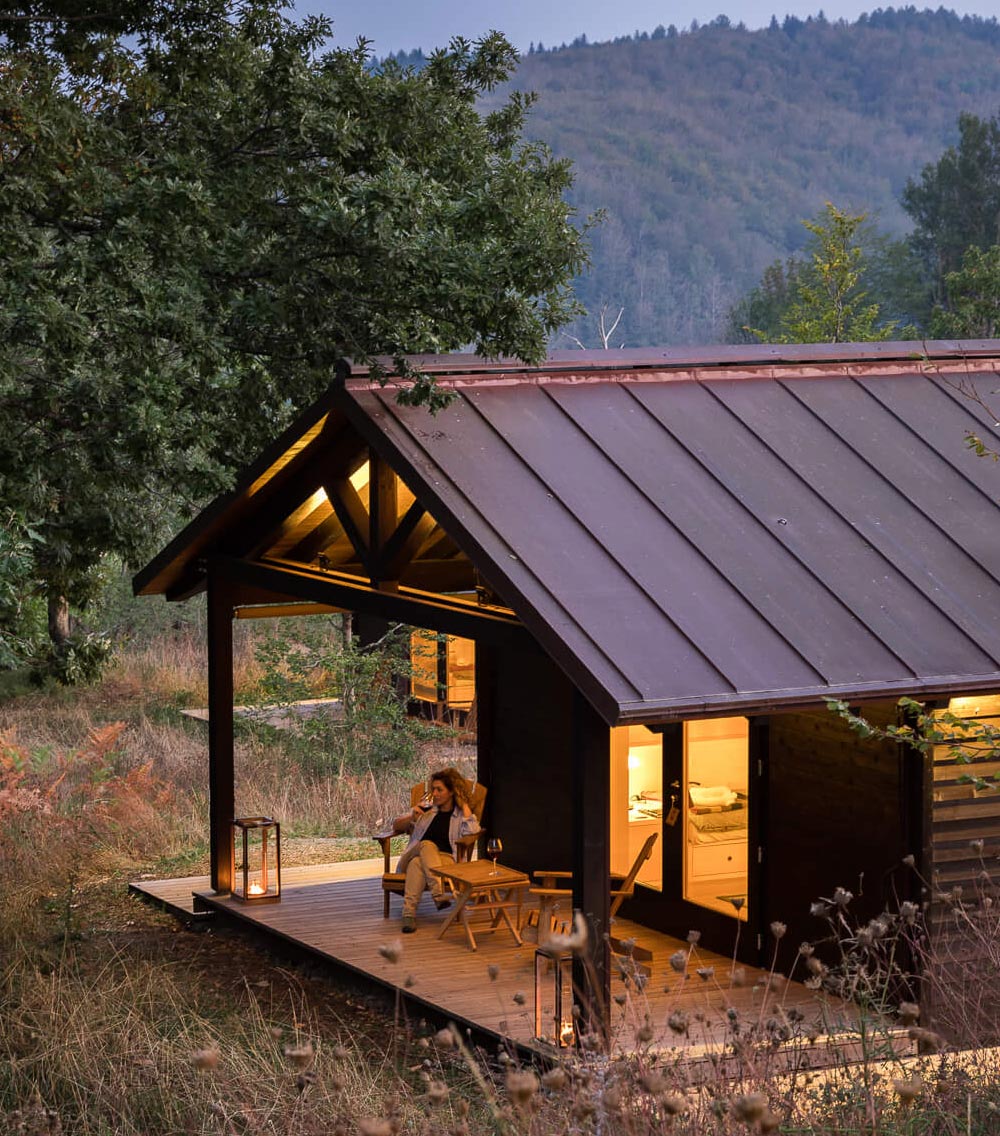
No Comments